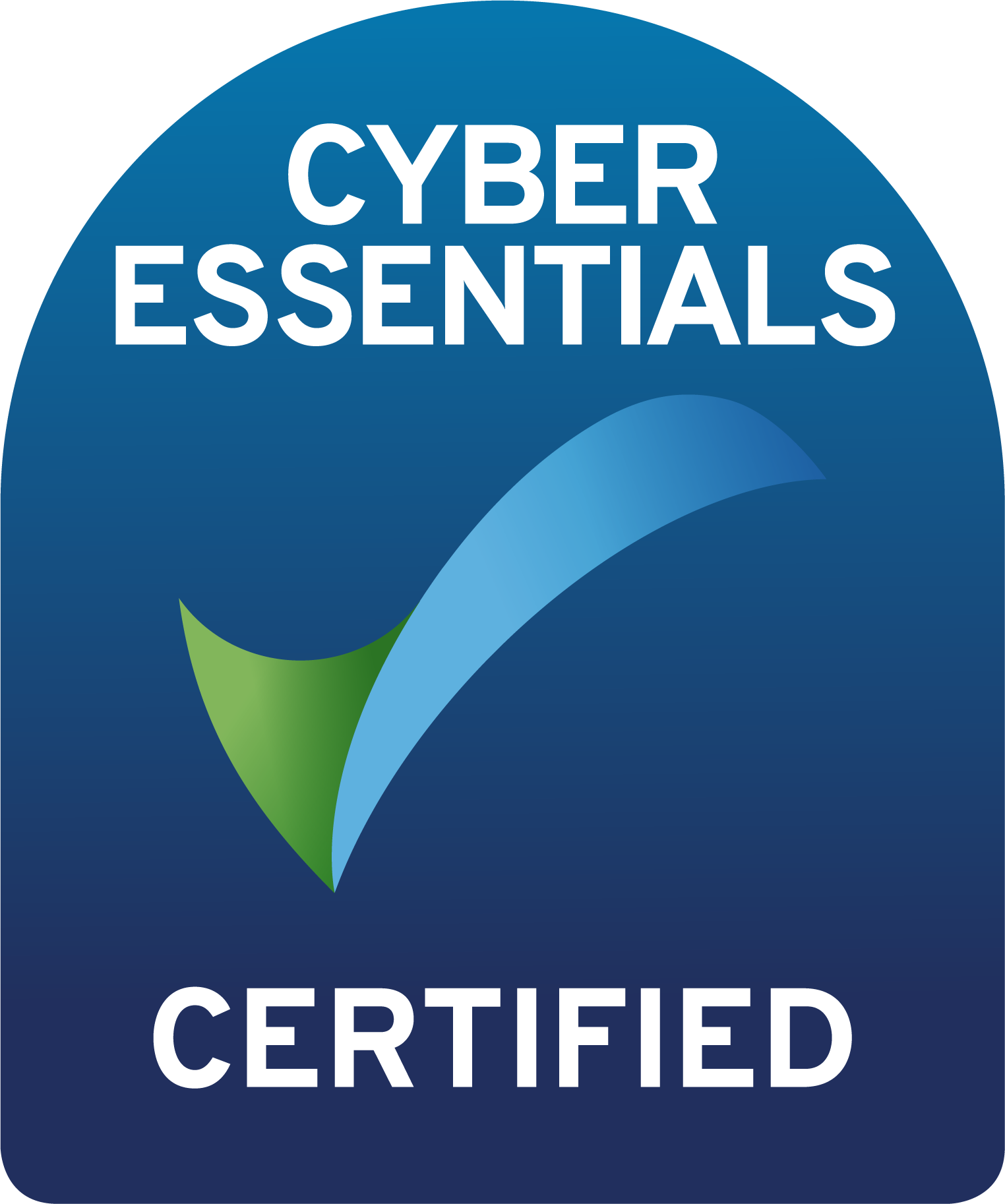Terraform with Azure DevOps: Setup
Getting Started with Terraform and Azure DevOps
This post discusses some initial tasks when starting to use Terraform for your CI/CD workflow with Azure DevOps.
Storage of the State File
The Terraform state file contains all information regarding the deployment of the resources to the target environment. This can include sensitive information such as storage keys and other secrets that may be output from Terraform. If you are working in a team environment, you will want to store this file where it can be used by the team, the obvious choice if you are working in Azure being a storage account. When running your Terraform deployments with Azure DevOps the only user account that should have access permissions granted to this storage account is that under which the DevOps release pipelines are being executed. It is critical to the security of your deployments to ensure this is in place before proceeding with Terraform as your resource management solution. You can find a great tutorial from Microsoft which walks you through setting this up at the following link.
https://docs.microsoft.com/en-gb/azure/terraform/terraform-backend
Importing Existing Resources
For those already established in Azure, it is likely that some of your resources will not be part of your IaC code base, for whatever reason. In order to complete the picture for future deployment efforts you’ll want to bring these into Terraform resource definitions and ensure that the state file reflects the correct picture. Fail to do this and Terraform will tear them down seeing them as undesired leftovers from previous deployment efforts. One area where Terraform lags significantly behind ARM Templates is in creating infrastructure definitions from existing resources.
With ARM, the majority of deployed resources within Azure can be exported from the portal to a template file which you can then amend, further parameterise if needed and store within your IaC repository.
Terraform’s ‘import’ command does allow something similar in spirit but which requires a lot more manual work in order to reach the same result. You can read about this here.
https://www.terraform.io/docs/import/index.html
Let’s take a look at what we need to bring a resource under Terraform control.
Create a Skeleton Resource Definition
In order to bring the resource in, we need to create a resource definition for the desired resource, which can be simply of the form <resourceType>.<resourceName>, e.g.
resource "azurerm_storage_account" "datalake-storage" {
}
Pretty straight forward.
Import the Resource
With our skeleton resource definition in place, running Terraform’s import command will populate the state file with the required resource attributes from the deployed resource. With our above resource we would execute the following, where the resource_id is the desired Azure resource id.
terraform import azurerm_storage_account.datalake-storage /subscriptions/<subscriptionId>/resourceGroups/<myresourcegroup>/providers/Microsoft.Storage/storageAccounts/<myaccount>
Okay, so now our state file reflects the resource we have imported. Terraform is now aware of its existence and won’t squish it like an unnoticed cherry tomato that strayed out of the fridge.
Update the Terraform Resource Definition
With the required information in the state file, we then need to extract the required information. This can be done by the Terraform show command, as below:
terraform show -json
This will output the state file information in JSON format, giving you the information required for the definition.
Next comes the not so fun bit. At present there is no means to auto-populate the definition from the state info. This leaves a manual exercise to update the resource definition file to complete the Terraform definition. You’ll need to refer to the Terraform Azure resource definition attribute documentation as you go for this. This may take a while if you have a number of resources. There are thankfully plans to automatically populate the resource definition file as part of the import.
State Drift and Terraform Refresh
Due to Terraform’s state file centric view of the world, it will be blissfully unaware of any operations undertaken outside of its deployments. When using the IaC approach to resource deployment with Terraform this is something that shouldn’t really happen but sometimes things can slip through. This issue of ‘state drift’ is something that we can however correct for with the ‘Terraform refresh’ command, as described here.
https://www.terraform.io/docs/commands/refresh.html
Terraform refresh will amend resource definitions stored in the state file. The state file must exist as the refresh command is not able to recreate the file itself completely. Again, as there is no auto-populating of the resource definitions, you’ll need to use Terraform show to extract the resource information and another manual update to align things.
Summing Up
Setting up Terraform on Azure for DevOps is something that will really get you on the right CI/CD path to Azure estate IaC management. Bringing existing resources into the Terraform fold is not straight forward and you should plan a reasonable amount of time for it, though this will change in a future release. Once in, you’ll really start to see it paying dividends for all your DevOps activities. You may even start to wonder how you previously got by without it. In the final posts in this series we’ll be looking at integration with Release Pipelines, Secrets management and some other usability tips and tricks. See you soon for more Terraforming.


